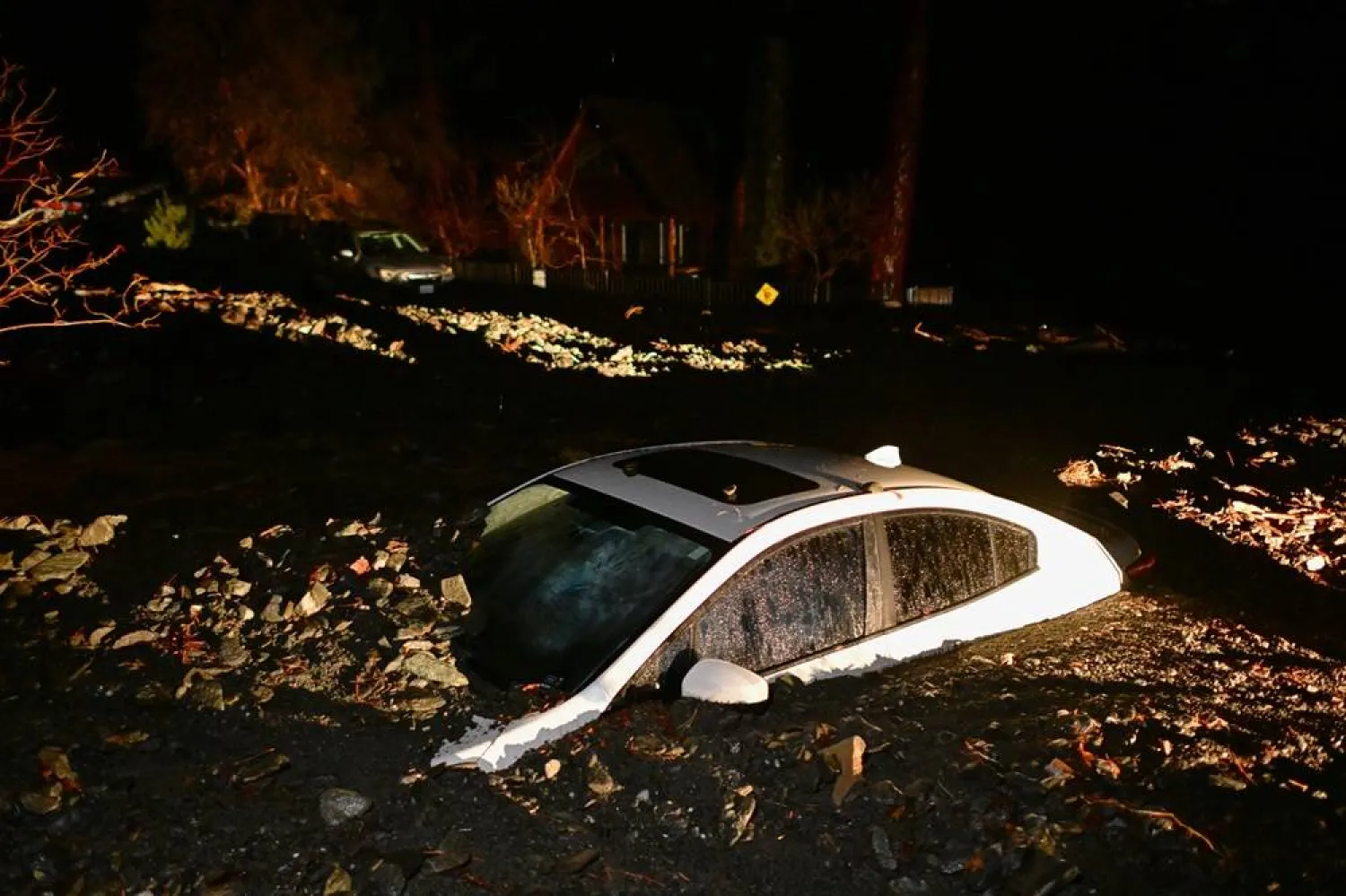Hundreds of California sea lions have taken over San Carlos Beach in Monterey, California, prompting local officials to close the area to people.
Caution tape has been put up but crowds are still drawn to the animal spectacle, taking photos of the sea lions as they rest and play on the sand and in the water.
While sea lions, or eared seals, are often seen at certain beaches up and down the California coast, local residents say they have never seen so many of the marine mammals gathered in Monterey, Reuters reported.
Lisa Uttal, a marine biologist with the Monterey Bay National Marine Sanctuary, said it was unclear exactly why the sea lions chose San Carlos Beach, but they may be attracted to the rich diversity in the ecosystem's food supply. Virtually all those gathered on the beach were male, she said.
"They migrate up here down from Ventura and the Channel Islands ... They are incredibly mobile. They're usually chasing the food and because Monterey Bay National Marine Sanctuary is so productive out here, the productivity is really rich," Uttal said.
They were expected to remain on San Carlos Beach for three to four weeks, Uttal said.
Marge Brigadier, a volunteer with Monterey Bay National Marine Sanctuary's Bay Net program, said the sea lions were protected by the US Marine Mammal Protection Act of 1972, which prohibits people from changing the behavior of the sea lions, meaning that approaching too close or forcing them to flee is a violation.
"People just need to think about how they would feel if they were resting on their bed taking a nap and something big kept coming and chasing them out of the house," Brigadier said.









